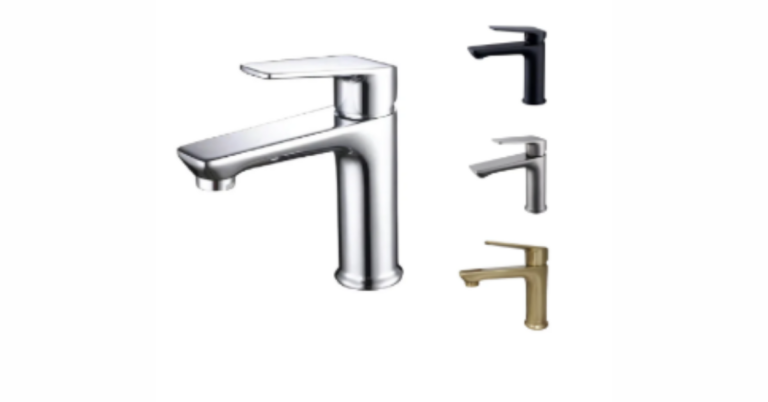Fashion and Technology: The Role of Virtual Fitting Rooms
allpannel com, play 99 exch, gold id 365:Fashion and technology have always been closely intertwined, with advancements in technology continually shaping the way we consume and interact with fashion. One such innovation that is revolutionizing the way we shop for clothes online is the virtual fitting room.
Virtual fitting rooms use augmented reality technology to allow shoppers to try on clothes virtually, right from the comfort of their own homes. This technology offers a solution to one of the biggest challenges of online shopping – the inability to try on clothes before making a purchase. With virtual fitting rooms, consumers can see how a garment looks on them, how it fits, and even how it moves, all without ever stepping foot in a physical store.
So, what role do virtual fitting rooms play in the world of fashion and technology, and how are they changing the way we shop? Let’s take a closer look.
Enhancing the Online Shopping Experience
One of the primary roles of virtual fitting rooms is to enhance the online shopping experience for consumers. By allowing shoppers to try on clothes virtually, these platforms help bridge the gap between the online and offline shopping experience. Customers can now make more informed purchasing decisions, leading to a decrease in returns and an increase in customer satisfaction.
Personalization and Customization
Virtual fitting rooms also offer a level of personalization and customization that traditional brick-and-mortar stores cannot match. Shoppers can input their measurements and preferences, allowing the technology to recommend the best-fitting garments for their body type. This personalized experience creates a more engaging and interactive shopping experience for consumers, leading to higher conversion rates and increased brand loyalty.
Reducing Environmental Impact
Virtual fitting rooms also have the potential to reduce the environmental impact of the fashion industry. By minimizing the need for physical store visits and product returns, these platforms help reduce the carbon footprint associated with traditional shopping practices. Additionally, virtual fitting rooms can provide valuable data to fashion brands, allowing them to optimize their production processes and reduce waste.
Improving Accessibility
Virtual fitting rooms are also helping to improve the accessibility of fashion for consumers with disabilities. By offering a virtual try-on experience, these platforms make it easier for individuals with mobility issues or other disabilities to shop for clothes online. This increased accessibility is not only beneficial for consumers but also helps fashion brands tap into a previously underserved market.
The Future of Fashion and Technology
As technology continues to evolve, virtual fitting rooms are poised to play an even more significant role in the future of fashion and technology. With advancements in augmented reality, artificial intelligence, and 3D scanning technology, virtual fitting rooms will become even more realistic and accurate, further enhancing the online shopping experience for consumers.
Additionally, virtual fitting rooms are also opening up new opportunities for fashion brands to connect with their customers in innovative ways. By leveraging the data and insights gathered from virtual fitting rooms, brands can better understand their customers’ preferences and behavior, allowing them to tailor their products and marketing strategies more effectively.
FAQs
What is a virtual fitting room?
A virtual fitting room is a technology that uses augmented reality to allow shoppers to try on clothes virtually, right from their own homes.
How do virtual fitting rooms work?
Virtual fitting rooms use 3D scanning technology to create a digital avatar of the shopper, which can then try on different garments virtually. Shoppers can input their measurements and preferences to help the technology recommend the best-fitting clothes for their body type.
Are virtual fitting rooms accurate?
While virtual fitting rooms are continually improving in accuracy, there are still some limitations to consider. Factors such as lighting, body movement, and fabric texture can impact the accuracy of the virtual try-on experience.
Are virtual fitting rooms only for online retailers?
While virtual fitting rooms are primarily used by online retailers, some brick-and-mortar stores are also starting to implement this technology in their stores. This allows shoppers to try on clothes virtually in-store, enhancing the overall shopping experience.
In conclusion, virtual fitting rooms are revolutionizing the way we shop for clothes online, offering a more personalized, interactive, and sustainable shopping experience. As technology continues to advance, virtual fitting rooms will play an increasingly significant role in the future of fashion and technology, shaping the way we consume and interact with fashion for years to come.







